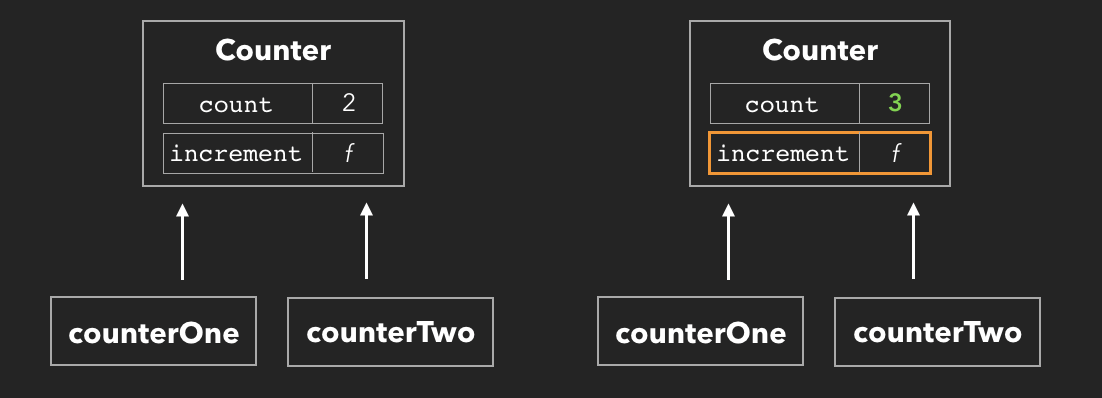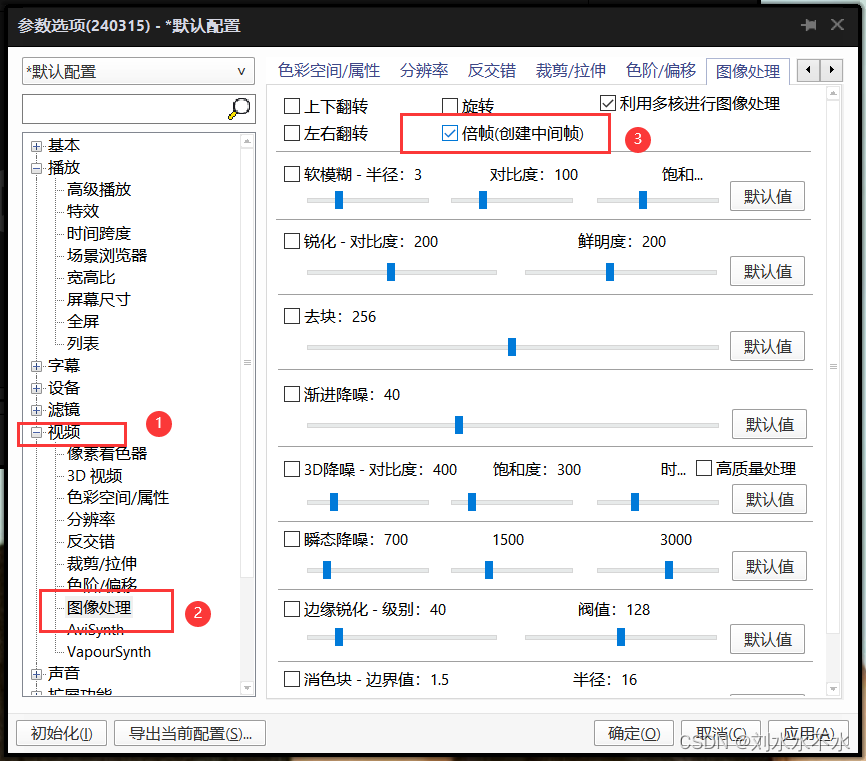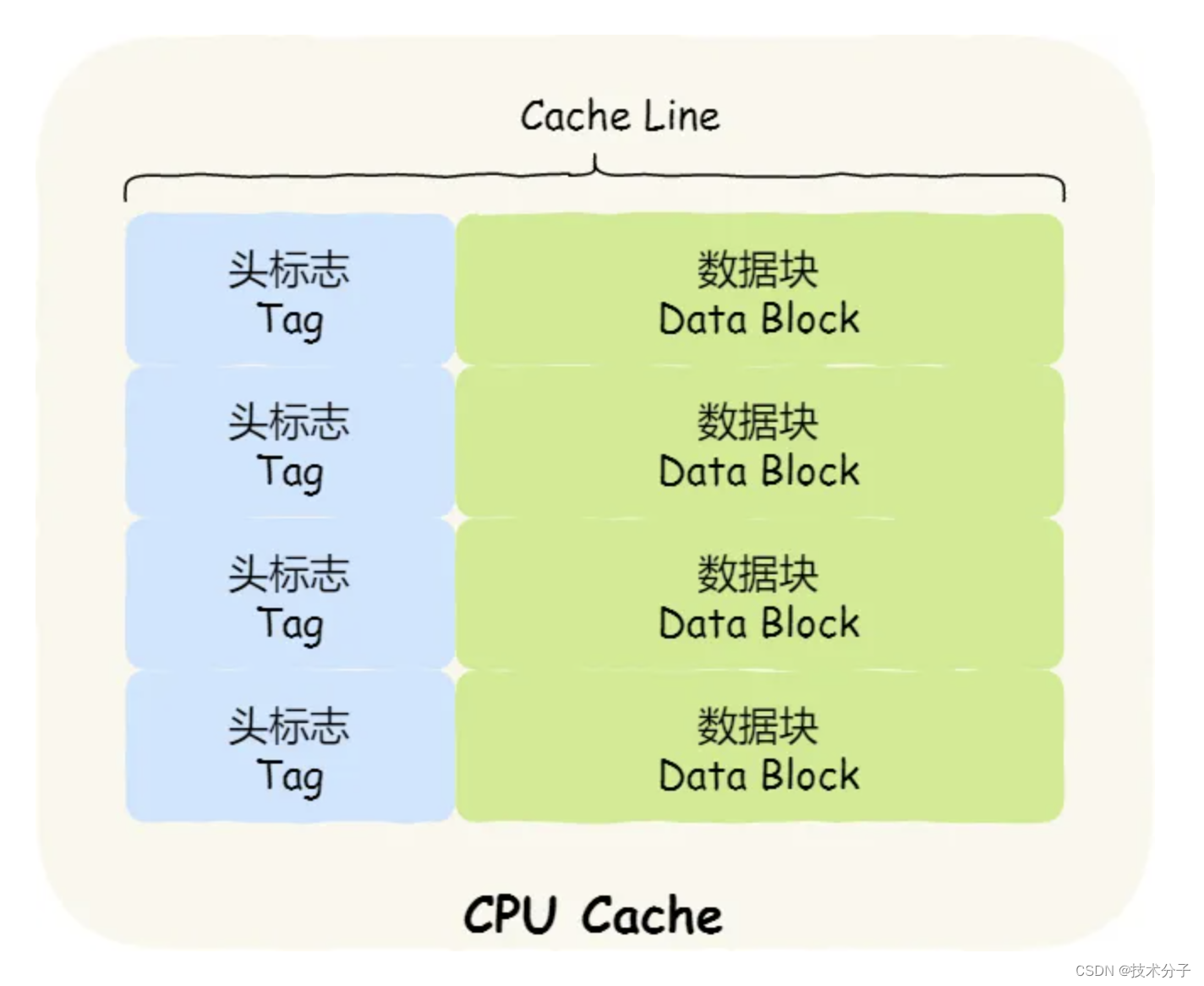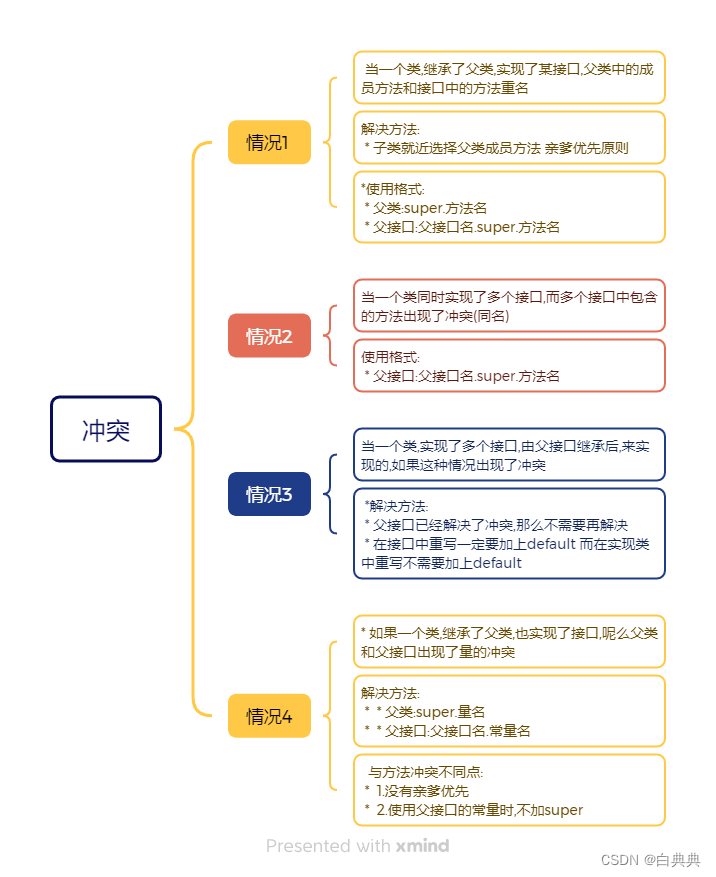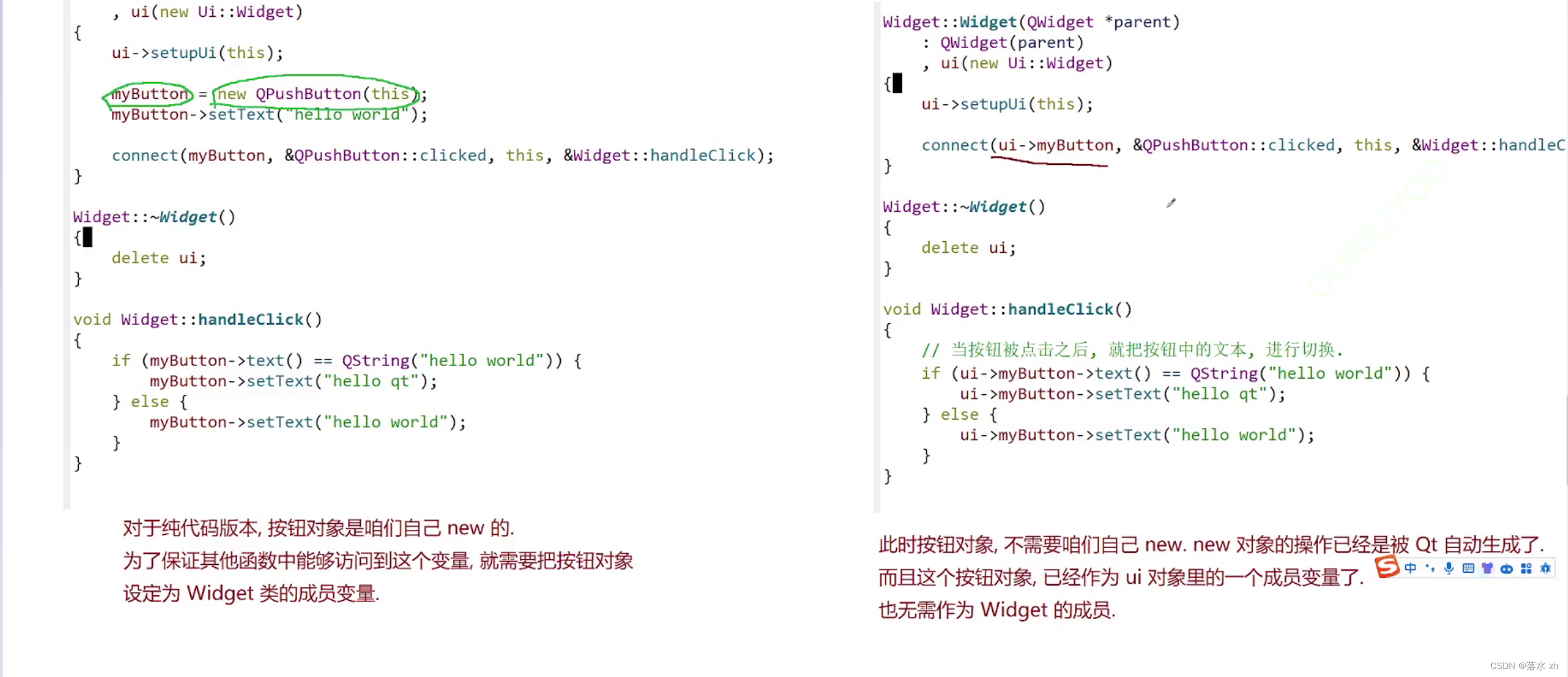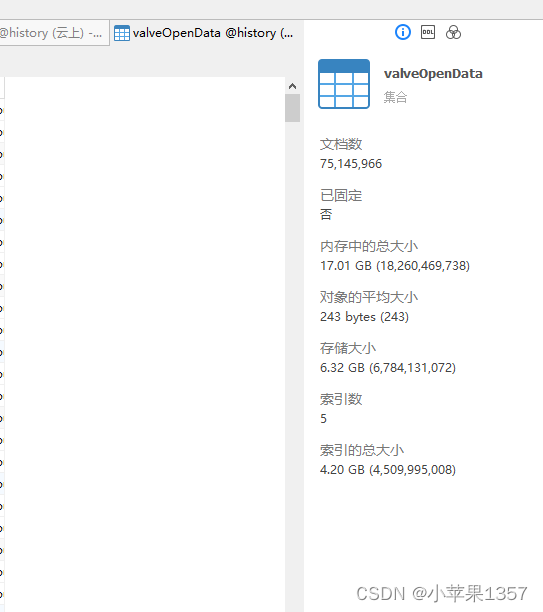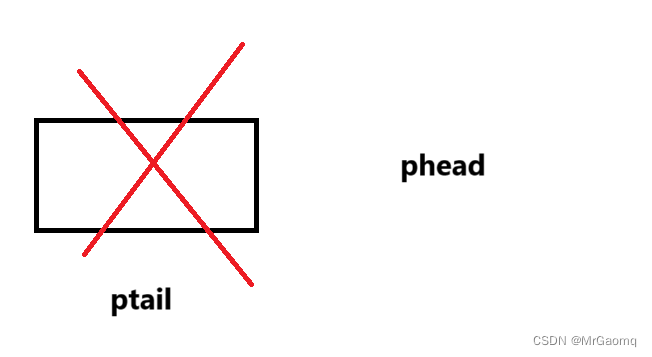一,队列的概念
队列是一种特殊的受限制的线性表。
队列(queue)是只允许在一端进行插入操作,而在另一端进行删除操作的线性表。
队列是一种先进先出的t(First In First Out)的线性表,简称FIFO。允许插入的一端为队尾,允许删除的一端为队头。队列不允许在中间部位进行操作!假设队列是q=(a1,a2,……,an),那么a1就是队头元素,而an是队尾元素。这样我们就可以删除时,总是从a1开始,而插入时,总是在队列最后。这也比较符合我们通常生活中的习惯,排在第一个的优先出列,最后来的当然排在队伍最后。如下图:

二,队列的顺序存储
那么如果用数组来模拟队列,情况说明如下,我们这里采用 尾部插入,头部删除的case进行处理
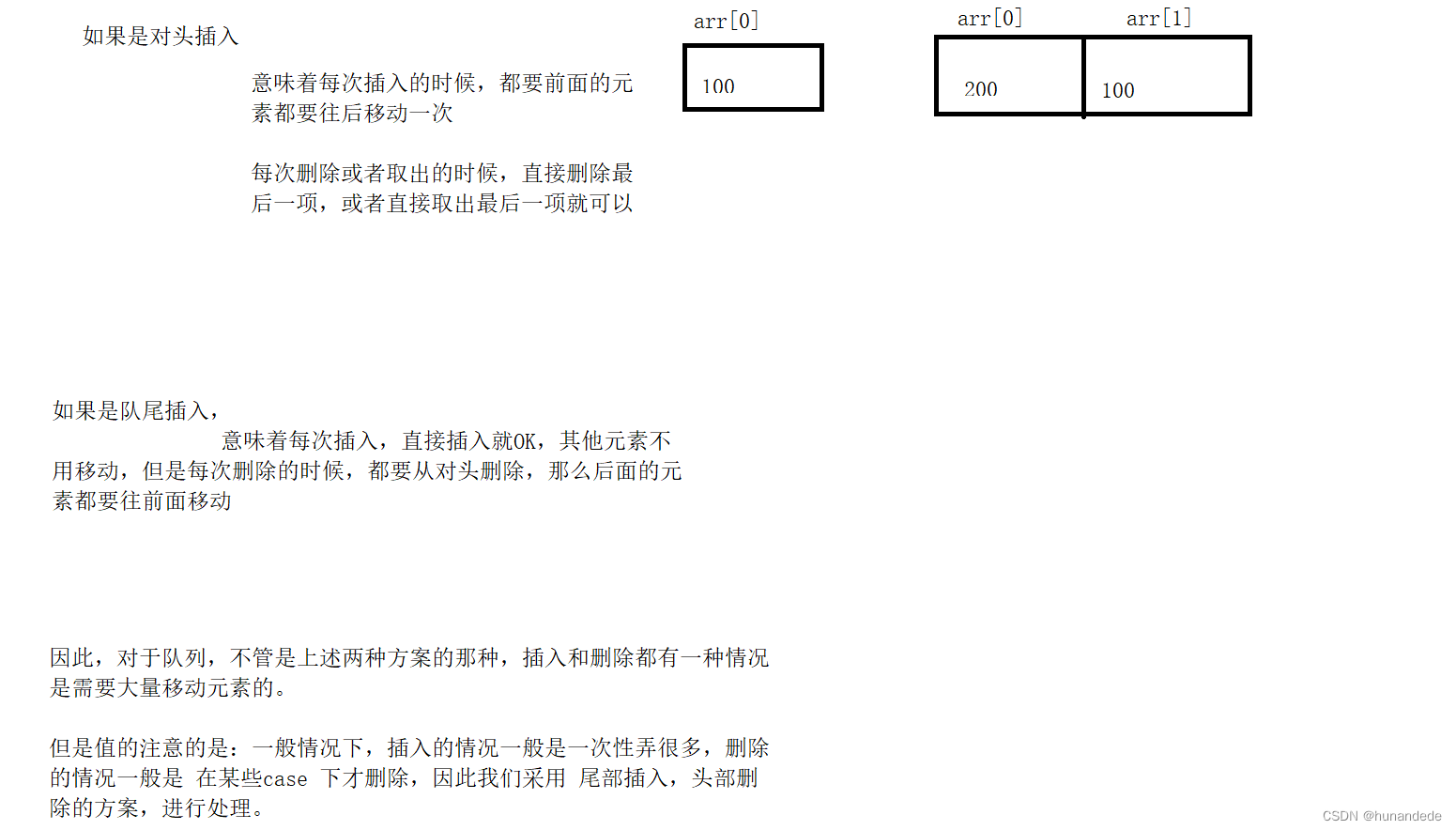
三, 队列顺序存储的代码实现
#ifndef __005SEQQUEUE_H__
#define __005SEQQUEUE_H__
//这两个是要给 所有人公开的
typedef void SeqQueueNode;
typedef void SeqQueue;
//对外提供的方法
//初始化队列,要动态的创建SeqQueue,根据user设定的大小创建
//int stacksize ,表示user 要创建队列的大小
//创建失败返回NULL
SeqQueue* createSeqQueue(int queuesize);
//入队列 ,给队列的头部插入一个元素,插入点是在数组的尾部
//参数queue 表示要插入的栈
//参数 seqQueueNode 表示要插入的 节点
//成功 返回 1
//失败 返回<0
int push_SeqQueue(SeqQueue* queue, SeqQueueNode * seqQueueNode);
//出队列 将队列的头部的第一个元素删除,删除点是在数组的头部
//参数stack 表示要删除第一个元素的栈
//成功 返回 1
//失败 返回<0
//说明,最开始的时候,让删除栈顶元素,返回int,但是这个设计是不合理的。
//因为假设上层是Teacher,这个Teacher里的元素有 char *,char**,且这两个空间也是malloc的,那么上层需要释放这两个malloc出来的元素。
//这意味着我们需要将 pop_SeqStack中的元素返回上去,上层才有机会释放,底层怎么知道上层搞的是个啥存的?因此一定要给上层,让上层去释放。
//出队列 将队列的头部的第一个元素删除,删除点是在数组的头部
//参数seqqueue 表示要删除第一个元素的队列
//成功 返回 删除的第一个元素
//失败 返回 NULL
SeqQueueNode* pop_SeqQueue(SeqQueue* seqqueue);
//返回队列元素,将队列头部的第一个元素返回
//失败返回NULL
//成功返回节点
SeqQueueNode* top_SeqQueue(SeqQueue* seqqueue);
//返回队列大小
//成功 返回 队列的大小
//失败 返回<0
int size_SeqQueue(SeqQueue* seqqueue);
//返回user对队列分配的大小
//成功 返回 队列的大小
//失败 返回<0
int capacity_SeqQueue(SeqQueue* seqqueue);
//判断队列是否为空
//成功 返回1 表示队列为空
//成功 返回0 表示队列不为空
//失败 返回-1 表示该函数执行的时候有问题
int isEmpty_SeqQueue(SeqQueue* seqqueue);
//销毁队列
//成功 返回1 表示成功销毁队列
//失败 返回-1 表示该函数执行的时候有问题
int Destory_SeqQueue(SeqQueue* seqqueue);
#endif#include "005seqqueue.h"
#include "stdlib.h"
#include "stdio.h"
#include "string.h"
//栈的内部结构,不用写在.h文件中,一会要移动位置
typedef struct SeqQueue {
//队列中的数组,存储的是数据的指针,假设我们的数据是Teacher,那么arr[0] 中的数据就应该是&Tea1,
//也就是说,这是一个数组,数组的每一个成员里面都存放的是指针。
//本质上是一个 void * arr[], 也可以看成是 int * arr[],因为实际上放的就是 Teacher的指针
SeqQueueNode **data;
int m_QueueSize;//队列的实际大小
int m_QueueCapacity;//队列的总大小,也就是user给定的大小
}TSeqQueue;
//对外提供的方法
//初始化队列,要动态的创建SeqQueue,根据user设定的大小创建
//int stacksize ,表示user 要创建队列的大小
//创建失败返回NULL
SeqQueue* createSeqQueue(int queuesize) {
TSeqQueue* ss = NULL;
ss = (TSeqQueue*)malloc(sizeof(TSeqQueue));
if (ss == NULL) {
printf("createSeqQueue func error\n");
return ss;
}
memset(ss, 0, sizeof(TSeqQueue));
ss->m_QueueSize = 0;
ss->m_QueueCapacity = queuesize;
ss->data = (SeqQueueNode**)malloc(sizeof(SeqQueueNode *) * queuesize);
if (ss->data == NULL) {
printf("createSeqQueue func error ss->data == NULL \n");
return NULL;
}
memset(ss->data, 0, sizeof(ss->data));
return ss;
}
//入队列 ,给队列的头部插入一个元素,插入点是在数组的尾部
//参数queue 表示要插入的栈
//参数 seqQueueNode 表示要插入的 节点
//成功 返回 1
//失败 返回<0
int push_SeqQueue(SeqQueue* queue, SeqQueueNode * seqQueueNode) {
int ret = 1;
if (queue == NULL) {
ret = -1;
printf("push_SeqQueue func error because stack==NULL ret=-1 and return\n");
return ret;
}
if (seqQueueNode == NULL) {
ret = -2;
printf("push_SeqQueue func error because seqQueueNode==NULL ret=-2 and return\n");
return ret;
}
TSeqQueue* st = (TSeqQueue*)queue;
if (st->m_QueueCapacity == st->m_QueueSize) {
ret = -3;
printf("push_SeqQueue func error because st->m_StackCapccity == st->m_StackSize ret = -3 and return st->m_StackSize = %d, st->m_StackCapccity = %d\n",
st->m_QueueSize,st->m_QueueCapacity);
return ret;
}
//前面检查都完毕了,到这里就真的可以插入了,实行的是尾插法
st->data[st->m_QueueSize] = seqQueueNode;
st->m_QueueSize++;
return ret;
}
//出队列 将队列的头部的第一个元素删除,删除点是在数组的头部
//参数stack 表示要删除第一个元素的栈
//成功 返回 1
//失败 返回<0
//说明,最开始的时候,让删除栈顶元素,返回int,但是这个设计是不合理的。
//因为假设上层是Teacher,这个Teacher里的元素有 char *,char**,且这两个空间也是malloc的,那么上层需要释放这两个malloc出来的元素。
//这意味着我们需要将 pop_SeqStack中的元素返回上去,上层才有机会释放,底层怎么知道上层搞的是个啥存的?因此一定要给上层,让上层去释放。
//出队列 将队列的头部的第一个元素删除,删除点是在数组的头部
//参数seqqueue 表示要删除第一个元素的队列
//成功 返回 删除的第一个元素
//失败 返回 NULL
SeqQueueNode* pop_SeqQueue(SeqQueue* seqqueue) {
SeqQueueNode* ret = NULL;
if (seqqueue == NULL) {
ret = NULL;
printf("pop_SeqQueue func error because stack==NULL and return\n");
return ret;
}
TSeqQueue * tq = (TSeqQueue *)seqqueue;
if (tq->m_QueueSize == 0) {
ret = NULL;
printf("pop_SeqQueue func error because tq->m_QueueSize == 0 and return\n");
return ret;
}
//执行到这里,说明可以删除
ret = tq->data[0];
//这里有移动的操作。因为删除的是 数组的第一个元素
for (int i = 0; i < tq->m_QueueSize; ++i) {
tq->data[i] = tq->data[i + 1];
}
tq->m_QueueSize--;
return ret;
}
//返回队列元素,将队列头部的第一个元素返回
//失败返回NULL
//成功返回节点
SeqQueueNode* top_SeqQueue(SeqQueue* seqqueue) {
SeqQueueNode* ret = NULL;
if (seqqueue == NULL) {
ret = NULL;
printf("top_SeqQueue func error because stack==NULL and return\n");
return ret;
}
TSeqQueue * tq = (TSeqQueue *)seqqueue;
if (tq->m_QueueSize == 0) {
ret = NULL;
printf("top_SeqQueue func error because tq->m_QueueSize == 0 and return\n");
return ret;
}
//执行到这里,说明队列是有元素的
ret = tq->data[0];
return ret;
}
//返回队列大小
//成功 返回 队列的大小
//失败 返回<0
int size_SeqQueue(SeqQueue* seqqueue){
int ret = 0;
if (seqqueue == NULL) {
ret = -1;
printf("size_SeqQueue func error because stack==NULL and return\n");
return ret;
}
TSeqQueue * tq = (TSeqQueue *)seqqueue;
return tq->m_QueueSize;
}
//返回user对队列分配的大小
//成功 返回 队列的大小
//失败 返回<0
int capacity_SeqQueue(SeqQueue* seqqueue) {
int ret = 0;
if (seqqueue == NULL) {
ret = -1;
printf("capacity_SeqQueue func error because stack==NULL and return\n");
return ret;
}
TSeqQueue * tq = (TSeqQueue *)seqqueue;
return tq->m_QueueCapacity;
}
//判断队列是否为空
//成功 返回1 表示队列为空
//成功 返回0 表示队列不为空
//失败 返回-1 表示该函数执行的时候有问题
int isEmpty_SeqQueue(SeqQueue* seqqueue) {
int ret = 0;
if (seqqueue == NULL) {
ret = -1;
printf("isEmpty_SeqQueue func error because stack==NULL and return\n");
return ret;
}
TSeqQueue * tq = (TSeqQueue *)seqqueue;
if (tq->m_QueueSize ==0) {
ret = 1;
}
else {
ret = 0;
}
return ret;
}
//销毁队列
//成功 返回1 表示成功销毁队列
//失败 返回-1 表示该函数执行的时候有问题
int Destory_SeqQueue(SeqQueue* seqqueue) {
int ret = 1;
if (seqqueue == NULL) {
ret = -1;
printf("isEmpty_SeqQueue func error because stack==NULL and return\n");
return ret;
}
TSeqQueue * tq = (TSeqQueue *)seqqueue;
if (tq->data!=NULL) {
free(tq->data);
}
tq->data = NULL;
free(tq);
seqqueue = NULL;
return ret;
}#define _CRT_SECURE_NO_WARNINGS
#define _CRTDBG_MAP_ALLOC
#include "iostream"
#include <stdio.h>
#include <stdlib.h>
extern "C" {
#include "005seqqueue.h"
}
typedef struct Teacher {
int age;
char name[128];
char *othername;
char **stuname; //一个老师下面有5个学生
}Teacher;
int main() {
_CrtSetDbgFlag(_CRTDBG_ALLOC_MEM_DF | _CRTDBG_LEAK_CHECK_DF);//程序退出时检测内存泄漏并显示到“输出”窗口
int ret = 0;
//初始化队列,要动态的创建SeqStack,根据user设定的大小创建
//int stacksize ,表示user 要创建栈的大小
//创建失败返回NULL
SeqQueue* seqqueue = createSeqQueue(1024);
if (seqqueue == NULL) {
ret = -1;
printf("func createSeqQueue error because seqstack = NULL return ret =-1\n");
return ret;
}
ret = isEmpty_SeqQueue(seqqueue);
printf("isEmpty_SeqQueue = ret %d\n", ret);
ret = size_SeqQueue(seqqueue);
printf("size_SeqQueue = ret %d\n", ret);
ret = capacity_SeqQueue(seqqueue);
printf("capacity_SeqQueue = ret %d\n", ret);
Teacher tea1;
tea1.age = 20;
strcpy(tea1.name, (const char*)"tea1");
tea1.othername = (char *)malloc(sizeof(char) * 128);
memset(tea1.othername, 0, sizeof(char) * 128);
strcpy(tea1.othername, (const char*)"tea1othername");
tea1.stuname = (char **)malloc(sizeof(char *) * 5);
memset(tea1.stuname, 0, sizeof(char *) * 5);
for (size_t i = 0; i < 5; i++)
{
tea1.stuname[i] = (char *)malloc(sizeof(char) * 128);//每个学生名字也有128个字符
memset(tea1.stuname[i], 0, sizeof(char) * 128);
sprintf(tea1.stuname[i], "tea1stuname%d", i + 1);
}
Teacher tea2;
tea2.age = 22;
strcpy(tea2.name, (const char*)"tea2");
tea2.othername = (char *)malloc(sizeof(char) * 128);
memset(tea2.othername, 0, sizeof(char) * 128);
strcpy(tea2.othername, (const char*)"tea2othername");
tea2.stuname = (char **)malloc(sizeof(char *) * 5);
memset(tea2.stuname, 0, sizeof(char *) * 5);
for (size_t i = 0; i < 5; i++)
{
tea2.stuname[i] = (char *)malloc(sizeof(char) * 128);//每个学生名字也有128个字符
memset(tea2.stuname[i], 0, sizeof(char) * 128);
sprintf(tea2.stuname[i], "tea2stuname%d", i + 1);
}
Teacher tea3;
tea3.age = 33;
strcpy(tea3.name, (const char*)"tea3");
tea3.othername = (char *)malloc(sizeof(char) * 128);
memset(tea3.othername, 0, sizeof(char) * 128);
strcpy(tea3.othername, (const char*)"tea3othername");
tea3.stuname = (char **)malloc(sizeof(char *) * 5);
memset(tea3.stuname, 0, sizeof(char *) * 5);
for (size_t i = 0; i < 5; i++)
{
tea3.stuname[i] = (char *)malloc(sizeof(char) * 128);//每个学生名字也有128个字符
memset(tea3.stuname[i], 0, sizeof(char) * 128);
sprintf(tea3.stuname[i], "tea3stuname%d", i + 1);
}
ret = push_SeqQueue(seqqueue, &tea1);
if (ret < 0) {
printf("push_SeqQueue(seqqueue, (SeqStackNode * )&tea1) func error ret =%d \n", ret);
return ret;
}
push_SeqQueue(seqqueue, &tea2);
if (ret < 0) {
printf("push_SeqQueue(seqqueue, (SeqStackNode * )&tea2) func error ret =%d \n", ret);
return ret;
}
push_SeqQueue(seqqueue, &tea3);
if (ret < 0) {
printf("push_SeqQueue(seqqueue, (SeqStackNode * )&tea3) func error ret =%d \n", ret);
return ret;
}
printf("-after-\n");
ret = isEmpty_SeqQueue(seqqueue);
printf("isEmpty_SeqQueue = ret %d\n", ret);
ret = size_SeqQueue(seqqueue);
printf("size_SeqQueue = ret %d\n", ret);
ret = capacity_SeqQueue(seqqueue);
printf("capacity_SeqQueue = ret %d\n", ret);
while (size_SeqQueue(seqqueue) > 0) {
Teacher * temptea = (Teacher *)top_SeqQueue(seqqueue);
if (temptea == NULL) {
printf("can not get find teacher\n");
}
printf("temptea->age = %d,temptea->name = %s,temptea->othername=%s\n",
temptea->age,
temptea->name,
temptea->othername);
for (size_t j = 0; j < 5; j++)
{
printf("temptea->stuname[%d] = %s, ",
j, temptea->stuname[j]);
}
Teacher * deltea = (Teacher *)pop_SeqQueue(seqqueue);
if (deltea == NULL) {
printf("pop_SeqStack seqstack error\n");
}
if (deltea->othername != NULL) {
free(deltea->othername);
}
if (deltea->stuname != NULL) {
for (size_t i = 0; i < 5; i++)
{
if (deltea->stuname[i] != NULL) {
free(deltea->stuname[i]);
}
}
free(deltea->stuname);
deltea->stuname = NULL;
}
printf("\n");
}
printf("sss\n");
//销毁栈
//成功 返回1 表示成功销毁栈
//失败 返回-1 表示该函数执行的时候有问题
ret = Destory_SeqQueue(seqqueue);
return 0;
}


